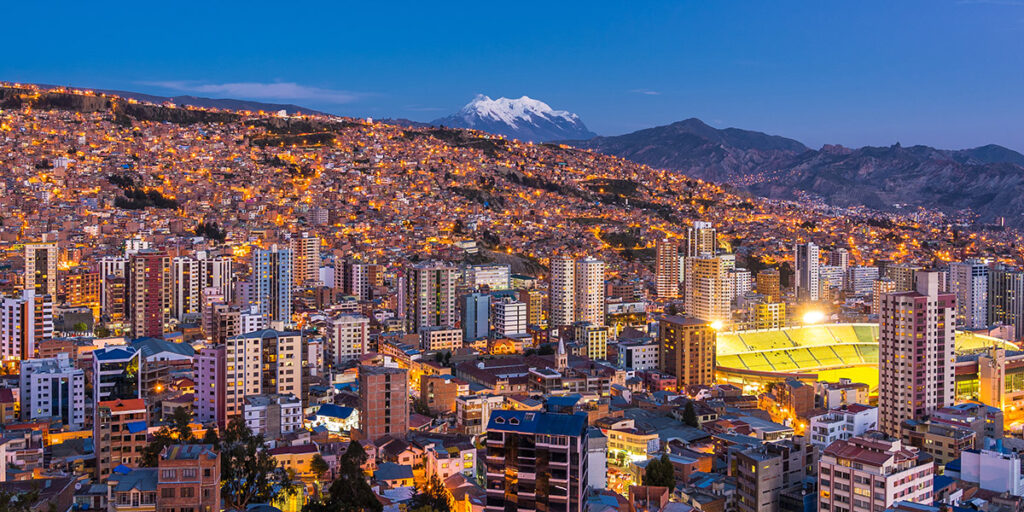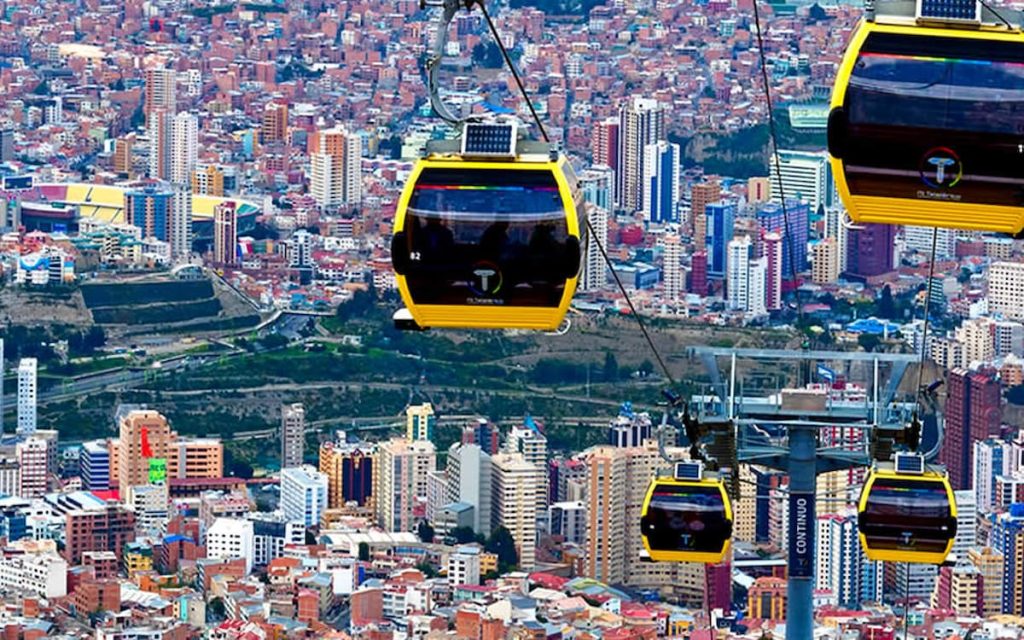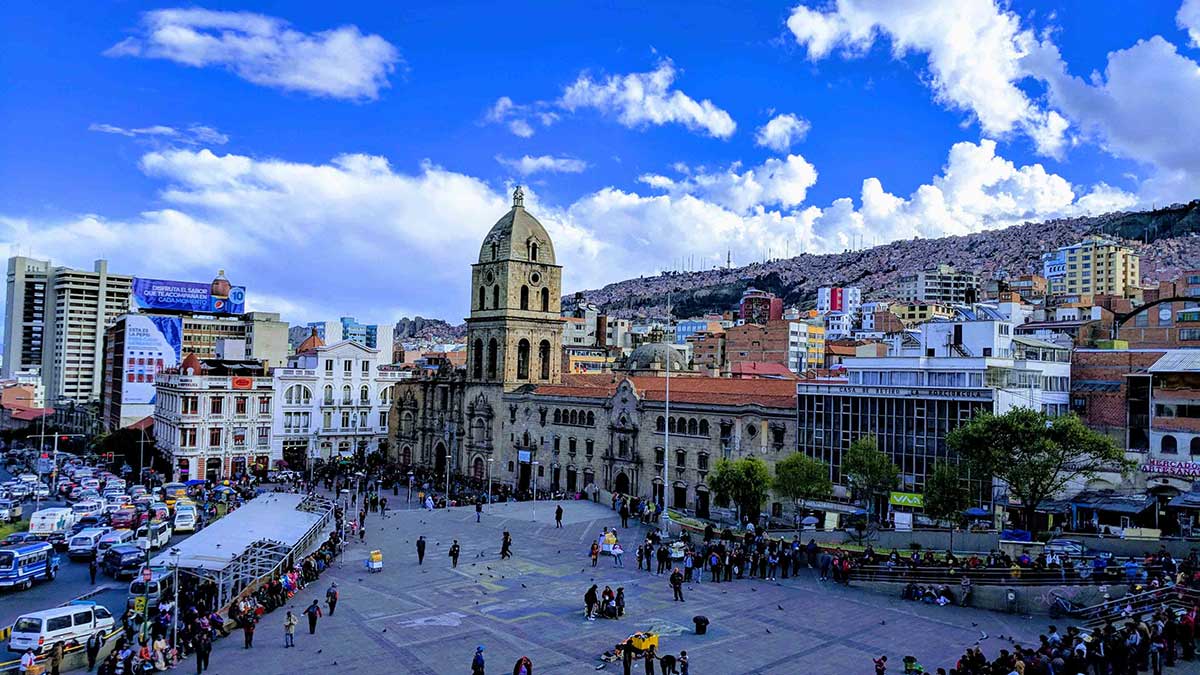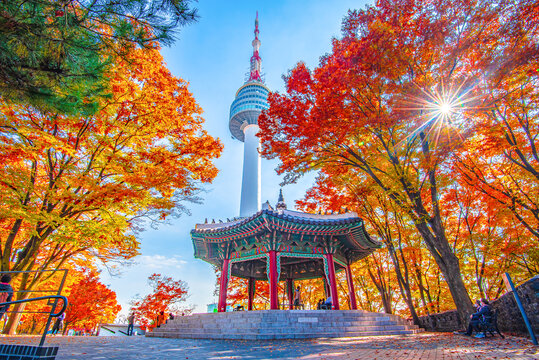Nestled high in the Andes Mountains, La Paz is a city that captivates visitors with its dramatic landscapes, rich cultural heritage, and bustling urban life. As the administrative capital of Bolivia, La Paz offers a unique blend of history, tradition, and modernity, making it a fascinating destination for travelers and a vibrant home for its residents. Let’s take a deep dive into what makes La Paz a remarkable city—from its origins and demographics to its food, transportation, and must-see attractions.
A GLIMPSE INTO HISTORY
La Paz was founded on October 20, 1548, by Spanish conquistadors led by Captain Alonso de Mendoza. Originally established as “Nuestra Señora de La Paz” (Our Lady of Peace), the city’s foundation aimed to commemorate the restoration of peace following conflicts in the Spanish colonies. Over the centuries, La Paz grew from a small colonial outpost into one of the most important cities in Bolivia, serving as a hub for politics, commerce, and culture.
The city’s location is both strategic and striking, situated in a deep valley surrounded by towering mountains, including the iconic Illimani peak that rises majestically over 6,400 meters above sea level. La Paz’s geography has profoundly influenced its development, culture, and way of life, shaping a city that feels both ancient and contemporary.
POPULATION AND LANGUAGE
La Paz is home to approximately 800,000 residents, though the metropolitan area swells to over two million people when including surrounding neighborhoods and suburbs. The population is a vibrant mosaic of indigenous peoples, mestizos, and descendants of European settlers. This blend is reflected in the city’s cultural expressions, festivals, and daily life.
Spanish is the official language and widely spoken in La Paz, but indigenous languages like Aymara and Quechua remain prevalent, especially in traditional neighborhoods and markets. This multilingualism enriches the city’s cultural fabric and preserves a strong link to Bolivia’s indigenous heritage.
CURRENCY AND ELECTRICAL CURRENT
In La Paz, the official currency is the Bolivian Boliviano (BOB). Visitors will find that cash is still king in many places, although credit cards are increasingly accepted in hotels, restaurants, and larger stores.
Regarding electrical current, La Paz uses 230 volts with a frequency of 50 Hz. The plugs are typically type A and C, so travelers from North America or other regions should bring appropriate adapters to ensure compatibility with local sockets.

CLIMATE: HIGH ALTITUDE WITH DISTINCT SEASONS
La Paz experiences a cool, semi-arid climate due to its high altitude, sitting at roughly 3,650 meters (almost 12,000 feet) above sea level. The city enjoys two main seasons: the dry season from May to October and the wet season from November to March.
During the dry months, skies are usually clear, and temperatures are mild but can drop significantly at night, sometimes below freezing. The wet season brings frequent afternoon showers and a noticeable increase in humidity, but temperatures remain fairly consistent throughout the year, generally ranging between 5°C (41°F) at night and 20°C (68°F) during the day.
Visitors should be prepared for the altitude, as the thin air can cause altitude sickness. Taking time to acclimatize and staying hydrated helps make the experience more enjoyable.
TYPICAL FOOD: A FLAVORFUL JOURNEY
La Paz’s culinary scene reflects its diverse cultural influences, offering a mix of indigenous Andean ingredients and Spanish culinary traditions. Typical dishes often feature potatoes, corn, quinoa, and local meats.
One of the city’s signature dishes is “salteñas,” which are savory baked pastries filled with meat, vegetables, and a slightly sweet, spicy sauce. These are popular snacks enjoyed throughout the day. Another beloved meal is “pique a lo macho,” a hearty dish of fried beef, sausages, peppers, onions, and boiled potatoes, often served with spicy sauce—a true taste of Bolivian comfort food.
Street food is abundant, with vendors offering everything from grilled meats to fresh fruit juices and “api,” a warm, spiced corn drink that’s perfect for the chilly mountain mornings.
TRANSPORTATION: NAVIGATING THE CITY
Getting around La Paz can be an adventure in itself. The city’s steep, winding streets and dramatic elevation changes make transportation both challenging and unique. Public transportation mainly consists of minibuses, known locally as “micros,” which crisscross the city in a complex network.
One of La Paz’s standout transportation innovations is the Mi Teleférico cable car system. Launched in recent years, this extensive network of cable cars connects La Paz with the neighboring city of El Alto, dramatically reducing travel time and offering breathtaking views of the cityscape and surrounding mountains. It’s not just practical; it’s an experience that many visitors seek out.
Taxis are plentiful but should be used with caution—agreeing on a fare before starting the trip is recommended since most do not use meters.

SAFETY: STAYING SECURE IN LA PAZ
Like many large cities, La Paz has areas that are safer and others that require extra vigilance. Tourists are generally safe in popular neighborhoods and tourist zones but should take standard precautions such as avoiding isolated areas at night, securing valuables, and being aware of their surroundings.
Petty crime like pickpocketing can occur, especially in crowded markets and on public transportation, so keeping bags close and staying alert is wise. Local authorities have made efforts to improve safety, especially around major tourist attractions.
MAIN ATTRACTIONS: EXPLORING LA PAZ’S TREASURES
La Paz boasts a wealth of attractions that reflect its cultural richness and natural beauty. Here are some highlights:
- Plaza Murillo: The historic main square of La Paz, surrounded by important government buildings, including the Presidential Palace and the National Congress. It’s a great starting point for exploring the city’s colonial architecture and lively atmosphere.
- Witches’ Market (Mercado de las Brujas): A fascinating place where traditional healers sell herbs, potions, and talismans. It’s a unique insight into indigenous beliefs and practices and a great spot for souvenirs.
- Valley of the Moon (Valle de la Luna): Just outside the city, this otherworldly landscape of eroded rock formations looks like a scene from another planet. It’s perfect for hiking and photography.
- Calle Jaén: A charming colonial street lined with brightly painted buildings, artisan shops, and museums. It’s ideal for soaking up local culture and history.
- Illimani Mountain: Although not in the city proper, this towering snow-capped peak dominates the skyline and is a beloved symbol of La Paz. Adventurous visitors often embark on treks or climbs to explore its slopes.
OTHER IMPORTANT ASPECTS
La Paz is also known for its lively festivals and cultural events. The Gran Poder Festival is a colorful, week-long celebration featuring traditional dances, costumes, and music that showcase the city’s indigenous heritage. It’s a spectacular time to experience the city’s vibrant spirit.
Education and innovation are growing priorities in La Paz, with several universities and cultural centers promoting arts, sciences, and social development. Despite challenges, the city maintains a strong sense of community and pride.
For travelers, altitude sickness is a significant consideration, and acclimatization is key. Many recommend spending a couple of days taking it easy before exploring more strenuous outdoor activities or high-altitude treks.
La Paz is a city of contrasts—between ancient traditions and modern life, harsh mountain terrain and warm, welcoming people. Its unique location, cultural diversity, and vibrant spirit make it not only Bolivia’s political heart but also a place that stays with you long after you leave. Whether you’re wandering through its markets, gazing at Illimani’s peaks, or savoring local dishes, La Paz invites you to experience a city unlike any other in the world.


